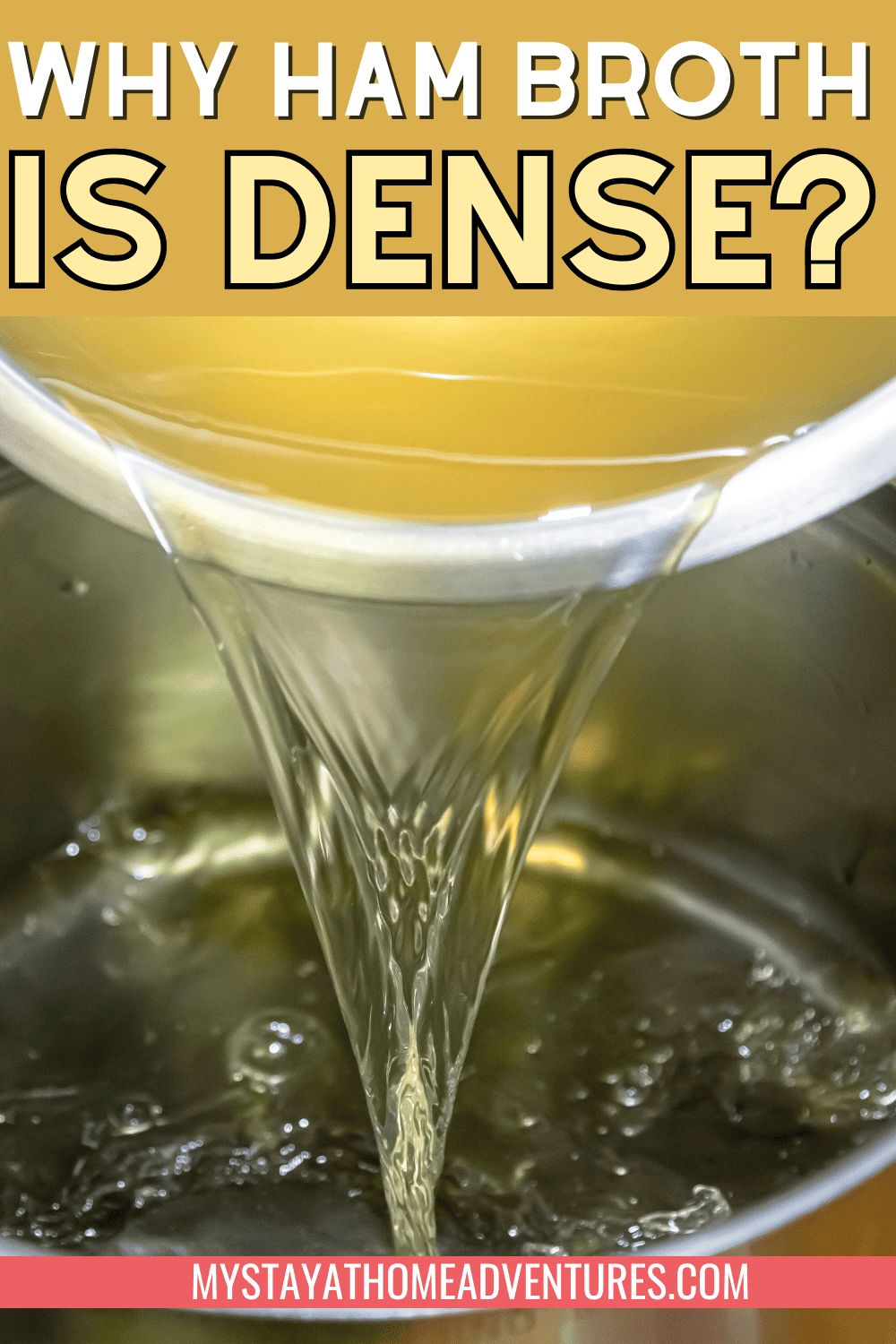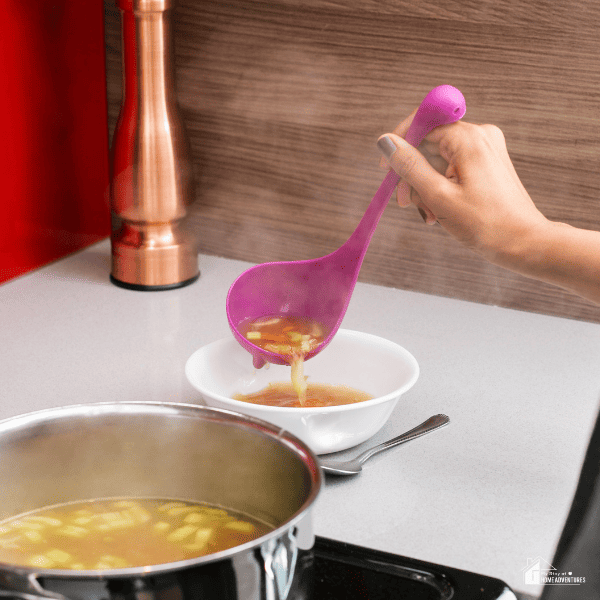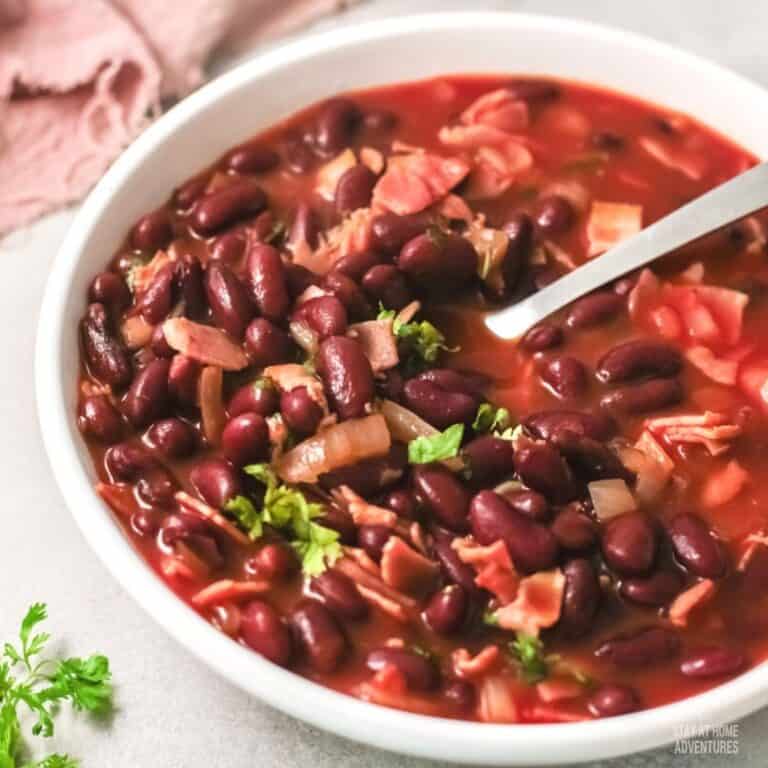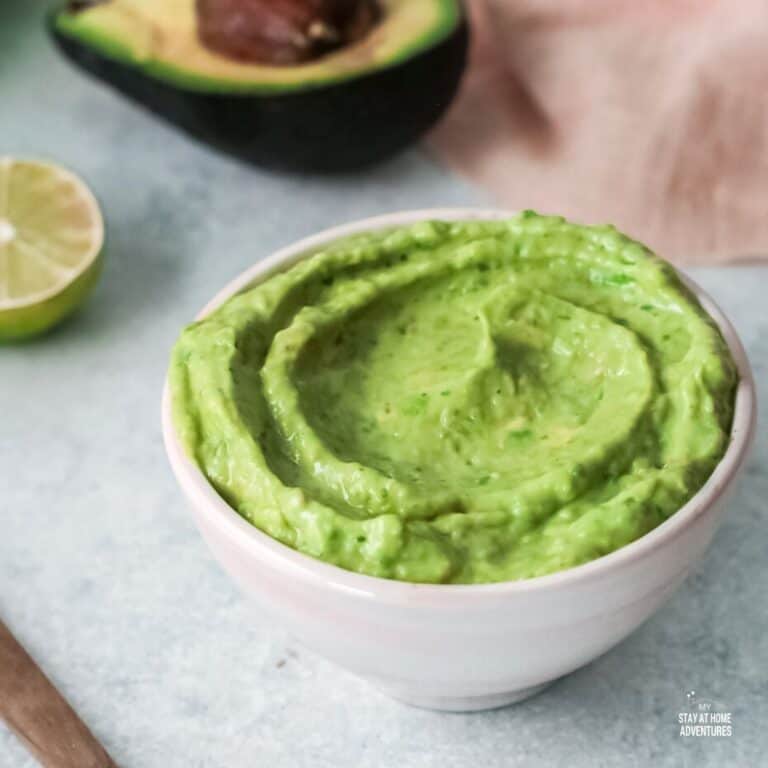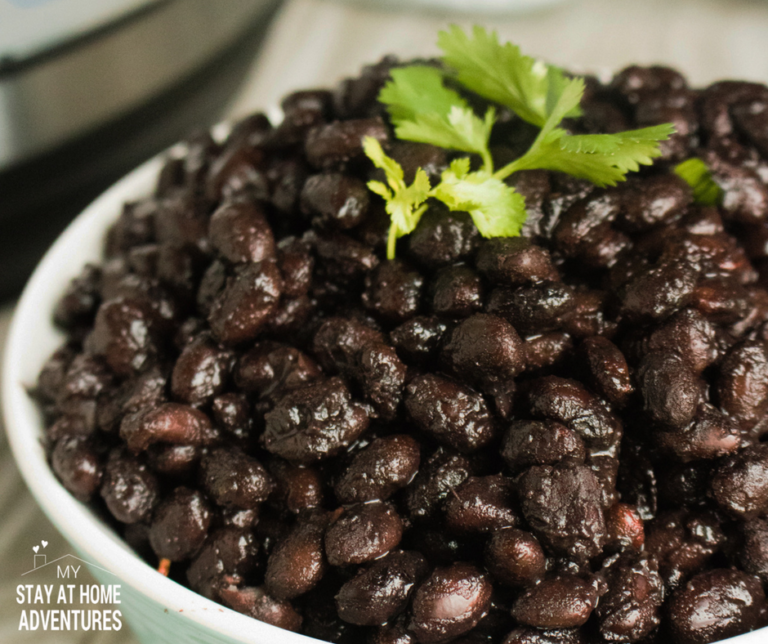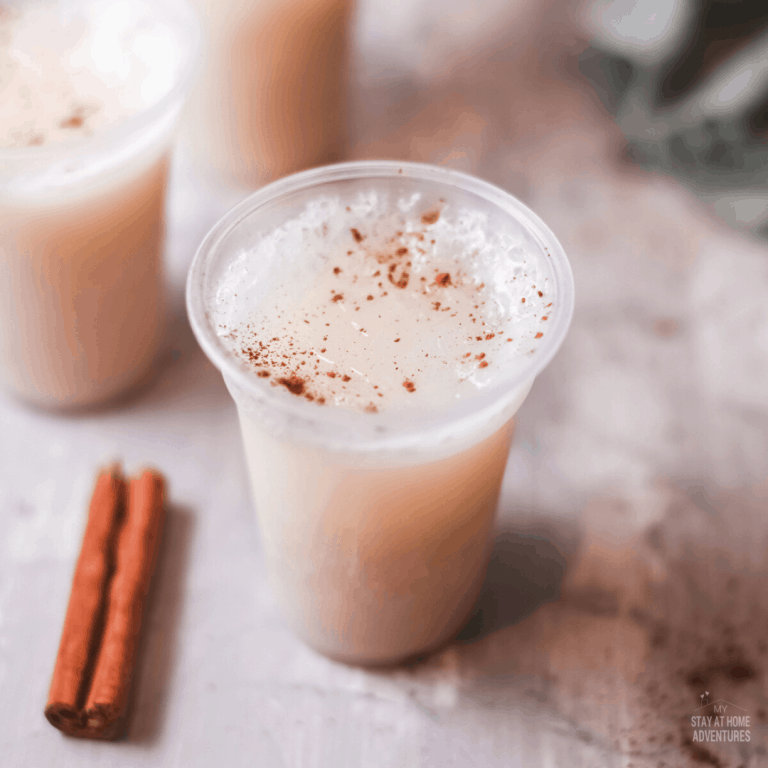Why Ham Broth Is Dense?
This post may contain affiliate links which might earn us money. Please read my Disclosure and Privacy policies hereHam broth, a staple in many culinary traditions, has intrigued food enthusiasts for generations. One distinctive characteristic that often stands out is its density. But why ham broth is dense?
Ham broth's density arises from collagen-rich bones and a patient cooking process. Collagen, found abundantly in ham bones, transforms into gelatin when heated, lending the broth its thickness. Prolonged simmering breaks down collagen, infusing the liquid for density. Flavors intensify and harmonize during this process, contributing to the broth's depth.
Regarding savory and flavorful broths, ham broth is often a popular choice. Its rich and dense nature adds depth and complexity to various dishes, making it a versatile ingredient in the culinary world. Ham broth, that hearty liquid made from simmering ham bones, is like a magic potion for your recipes
Whether you're a seasoned chef or just getting started in the kitchen, understanding why ham broth is dense will open up a world of culinary possibilities. So, grab your apron, and let's dive into the fascinating world of ham broth!
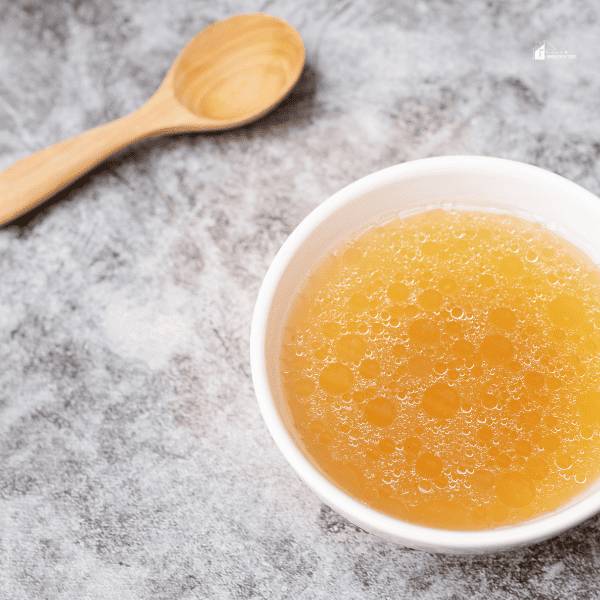
Can you make broth out of ham?
You can make broth out of ham. Simmering ham bones and any leftover meat and scraps in water creates ham broth. This process allows the bones' flavors, nutrients, and gelatin to infuse into the liquid, resulting in a savory and hearty broth. The choice of ham, including its type and quality, can influence the taste and richness of the broth.
You can elevate the flavor profile by incorporating vegetables, herbs, and spices. The broth can be used as a base for soups, stews, or other dishes, adding a distinct ham flavor to the culinary creations. Homemade ham broth provides a versatile and flavorful addition to various recipes.
It's best to use fresh or frozen ham bones, as they contain the most flavor. If utilizing pre-cooked ham, it's advisable to give it a quick rinse before gently simmering it in water.
Simmer for at least 3 hours, but up to 12 hours can be used for a richer broth. Once done, strain out the solids and discard them. The liquid broth can then be frozen and used for later recipes.
The ham flavor can come through in soups, stews, or other dishes with a homemade broth. It can also be used as a base to cook grains like rice or quinoa, adding more nutrition and flavor to the dish.
Is ham bone broth good?
Ham bone broth can be delicious and nutritious. Bone broth, in general, is made by simmering bones in water for an extended period, allowing the release of nutrients, minerals, and collagen from the bones into the liquid. This process can create a flavorful and nutrient-rich broth.
Ham bone broth, specifically, will have a distinct ham flavor, which can add a savory and smoky element to the broth. The broth may also contain some of the gelatinous substance released from the bones, which is rich in collagen and can contribute to the broth's texture and potential health benefits.
Bone broth, including ham bone broth, is known for its potential health benefits, such as:
- Nutrient Content: Bone broth can be a good source of essential nutrients like calcium, magnesium, phosphorus, and other minerals.
- Collagen: The collagen released from the bones during simmering may benefit skin health, joint health, and digestion.
- Hydration: Broths can contribute to hydration, especially when made with water and additional vegetables.
- Flavor: The rich flavor of ham bone broth can enhance the taste of various dishes.
Adding vegetables, herbs, and spices is common to enhance the flavor and nutritional profile when making ham bone broth. However, keep in mind that ham bone broth, like other broths, can be high in sodium.
If you're watching your sodium intake, consider using less salt or choosing low-sodium ham.
As with any food, individual preferences and dietary considerations may vary, so it's a good idea to pay attention to how your body responds to different foods and adjust your consumption accordingly.
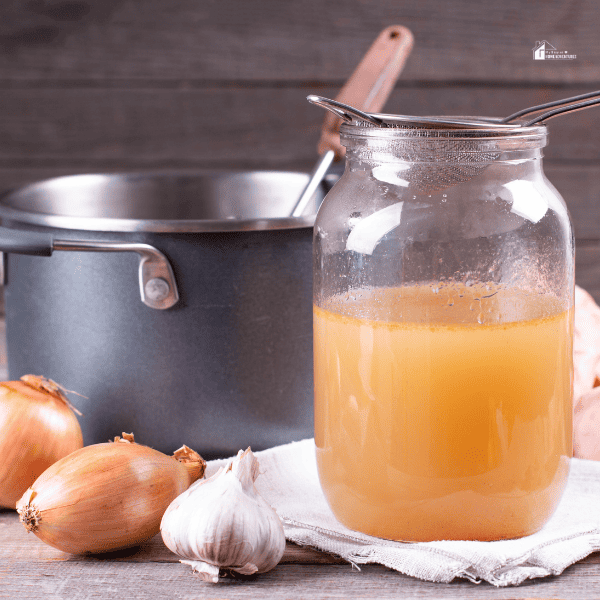
Can you use water from boiling ham as stock?
Using the water from boiling ham as a stock is possible and a fantastic way to infuse your dishes with a rich, smoky flavor. When you boil a ham, the water absorbs the essence of the ham, capturing its savory and meaty profile.
This liquid, often ham stock or broth, is an excellent base for soups, stews, and sauces. It's a versatile ingredient that can elevate the taste of various dishes. Beyond flavor, the water from boiling ham also contains nutrients released from the meat and bone during the cooking process.
This nutrient-rich broth adds depth to the nutritional profile of your meals, providing essential amino acids, vitamins, and minerals. The versatility of ham stock is noteworthy; it can be used in a range of recipes, from classic pea soup to casseroles, and even as a flavorful liquid for cooking grains.
Utilizing the water from boiling ham as a stock is a practical and sustainable approach, minimizing food waste by repurposing an often discarded byproduct.
To prepare ham stock, strain the water from boiling ham, add a ham bone or leftover ham pieces, and optionally include vegetables and herbs for added depth.
Simmering the mixture melds the flavors, resulting in a flavorful liquid that can be strained and used as a delicious stock in various culinary applications.
What can you do with ham water?
You can do a lot with ham water! When you boil a ham, the water absorbs its tasty flavor. This water, often called ham broth or stock, can be a great base for cooking. It adds a delicious, smoky taste to soups, stews, and sauces.
Plus, it's full of nutrients from the ham, making your meals more wholesome. You can also use ham water to cook grains like rice or quinoa, giving them a tasty kick.
It's a smart way to make the most of your ingredients and reduce food waste. To use ham water, strain it to get rid of any bits, add a ham bone or pieces for extra flavor, and throw in some veggies or herbs.
Let it simmer, allowing all the flavors to blend. Once done, strain again, and you have a flavorful liquid ready to enhance your cooking. So, ham water isn't just something to pour down the drain – it's a secret weapon for making your dishes more delicious!
Moreover, ham water offers versatility in the kitchen. You can use it to deglaze pans, adding depth to sauces and gravies. The flavorful liquid can be a secret ingredient in casseroles, lending a savory touch to the entire dish.
If you enjoy cooking beans, using ham water as a cooking liquid can infuse them with a delightful smokiness. Additionally, substituting regular water with ham water can impart a unique and savory taste when making risotto or other one-pot dishes.
The richness of ham water also makes it an excellent replacement for plain water in recipes where you want to intensify the overall flavor profile. So, whether you're looking to enhance the taste of your everyday meals or experimenting with new recipes, ham water is a valuable and flavorful addition to your culinary toolkit. It's a simple yet effective way to turn a typically discarded ingredient into a kitchen gem that elevates the taste of a variety of dishes.
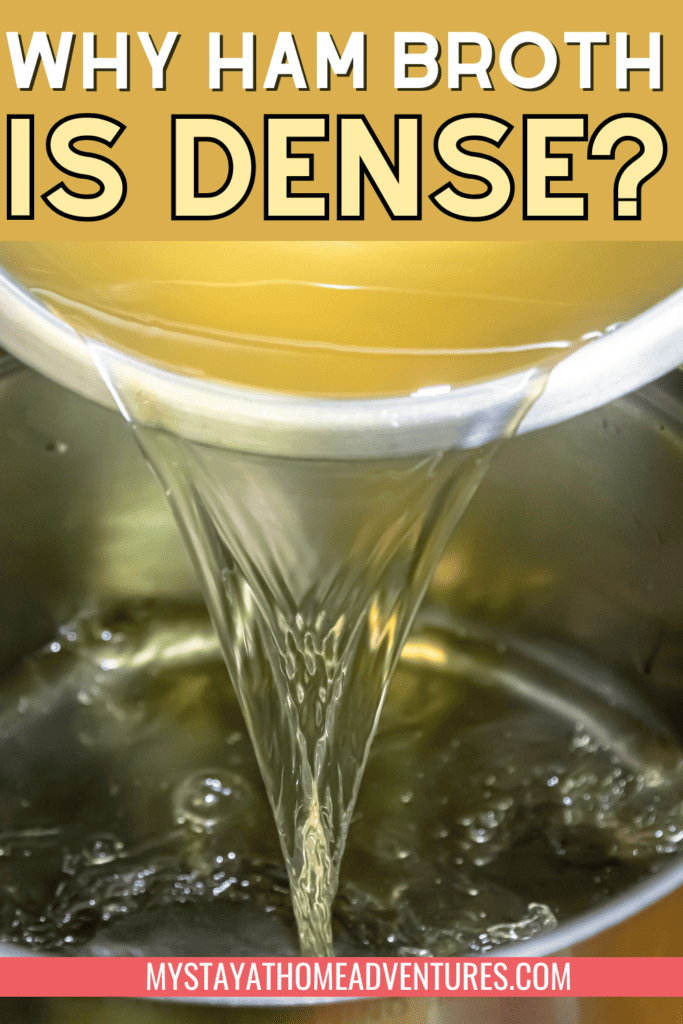
Can you boil ham too long?
You can indeed overcook or boil ham for too long. While ham requires thorough cooking to Ensure food safety, prolonged boiling can result in a dry and less flavorful outcome. Ham is typically already cured or smoked, so excessive boiling can cause it to lose moisture, making it challenging and less enjoyable. It's commonly advised to adhere to the cooking guidelines supplied with your particular ham cut.
Overboiling can also lead to the leaching of more salt from the ham, making it excessively salty. To avoid this, it's advisable to monitor the cooking time carefully.
A better approach is to simmer or bake the ham instead of a rolling boil, which allows for a gentler and more controlled cooking process. This way, you can achieve a perfectly cooked ham that retains moisture, tenderness, and flavor.
Overboiling ham not only affects its texture and flavor but can also impact its overall quality. The extended exposure to high heat may cause the fats in the ham to render excessively, resulting in a greasier and less appealing final product.
The prolonged boiling process can also cause the ham to fall apart, which may not be desirable, especially if you intend to serve it in slices. To ensure optimal results, consider using a meat thermometer to check the internal temperature of the ham.
The recommended internal temperature for cooked ham is around 145°F (63°C). Once this temperature is reached, the ham is thoroughly cooked and safe to eat. If you're uncertain about the specific cooking requirements for your particular type of ham, referring to guidelines from reputable sources or the ham packaging is essential.
While cooking ham thoroughly for safety is crucial, overboiling can diminish its quality, leading to dryness, toughness, and a less enjoyable dining experience.

